AI In Biology
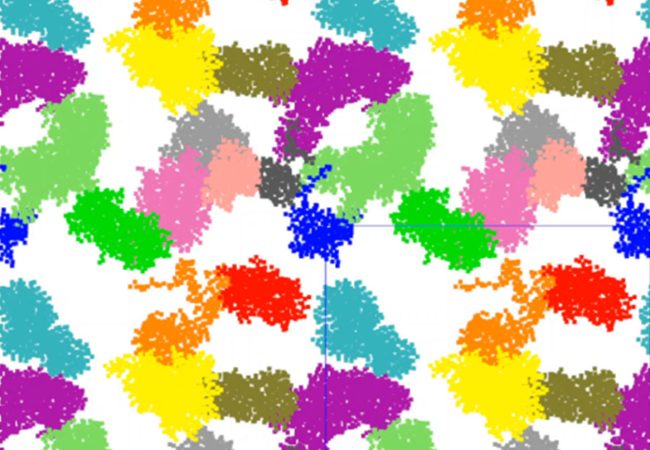
Digital Twin Cell
Creating a digital replica of a living cell enabling researchers to perform virtual experiments and gain valuable insights into cell biology.
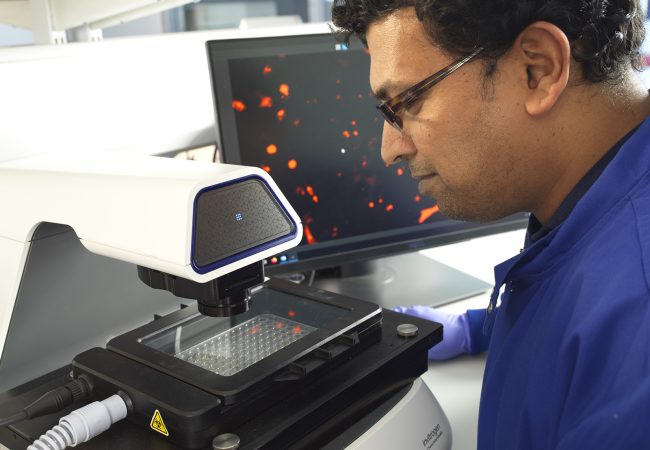
Disease X
The World Health Organisation lists Disease X (the name for a currently unknown pathogen that could cause a future epidemic) as a very serious threat to human health. To prepare for Disease X, we are building a pipeline to rapidly identify, and test nanobodies, for detecting and potentially treating future viral diseases
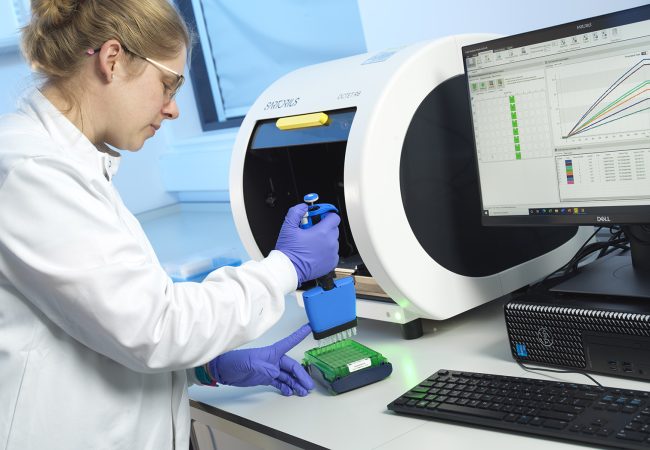
Nanobodies Discovery Platform
Nanobodies are single domain antibodies derived from the unique heavy chain only immunoglobulins of camels, llamas, and alpacas.

Emerging Interest Area: Cell-cell Interactions
The Franklin’s Emerging Interest Areas are developing areas of research led by our talented emerging leaders. These areas align with the Franklin’s mission of accelerating life science discovery and improving human health.
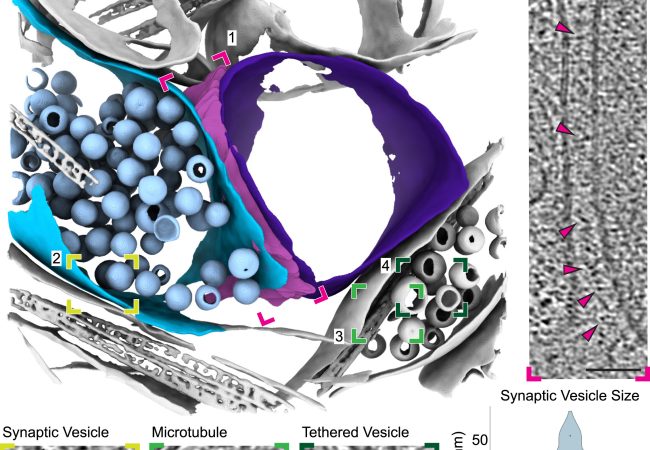
Moving from cells into tissue: a new tomography method
Researchers led by Dr Michael Grange at the Rosalind Franklin Institute have developed a robust molecular imaging workflow for brain tissue samples. Their approach utilises plasma ion beams, which increased the size of samples that could be extracted for imaging,…
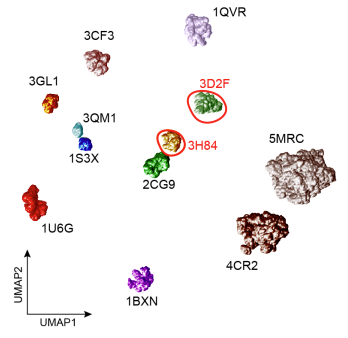
Using AI to improve the analysis of 3D biological images
Scientists have developed a new machine learning model, known as Affinity-VAE, that improves the analysis of 3D biological images in fields such as cryo-electron tomography (cryo-ET). By making use of prior knowledge about protein structures, the model can identify clusters…
